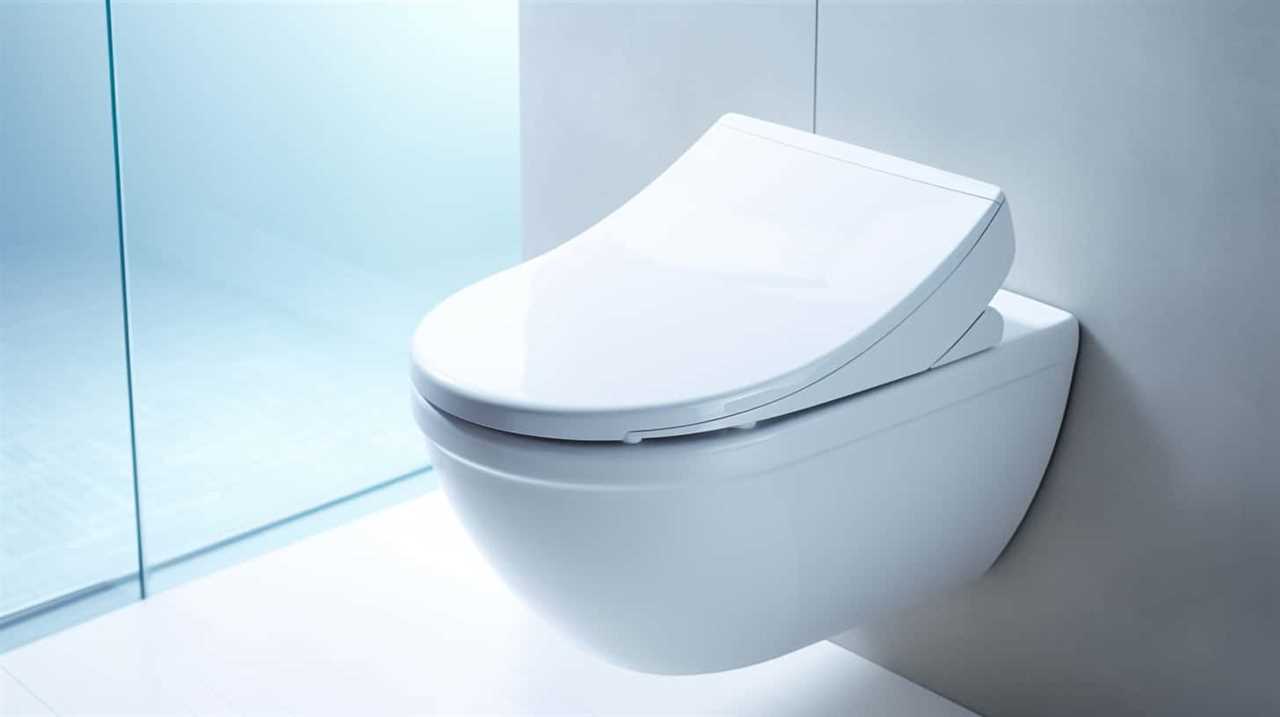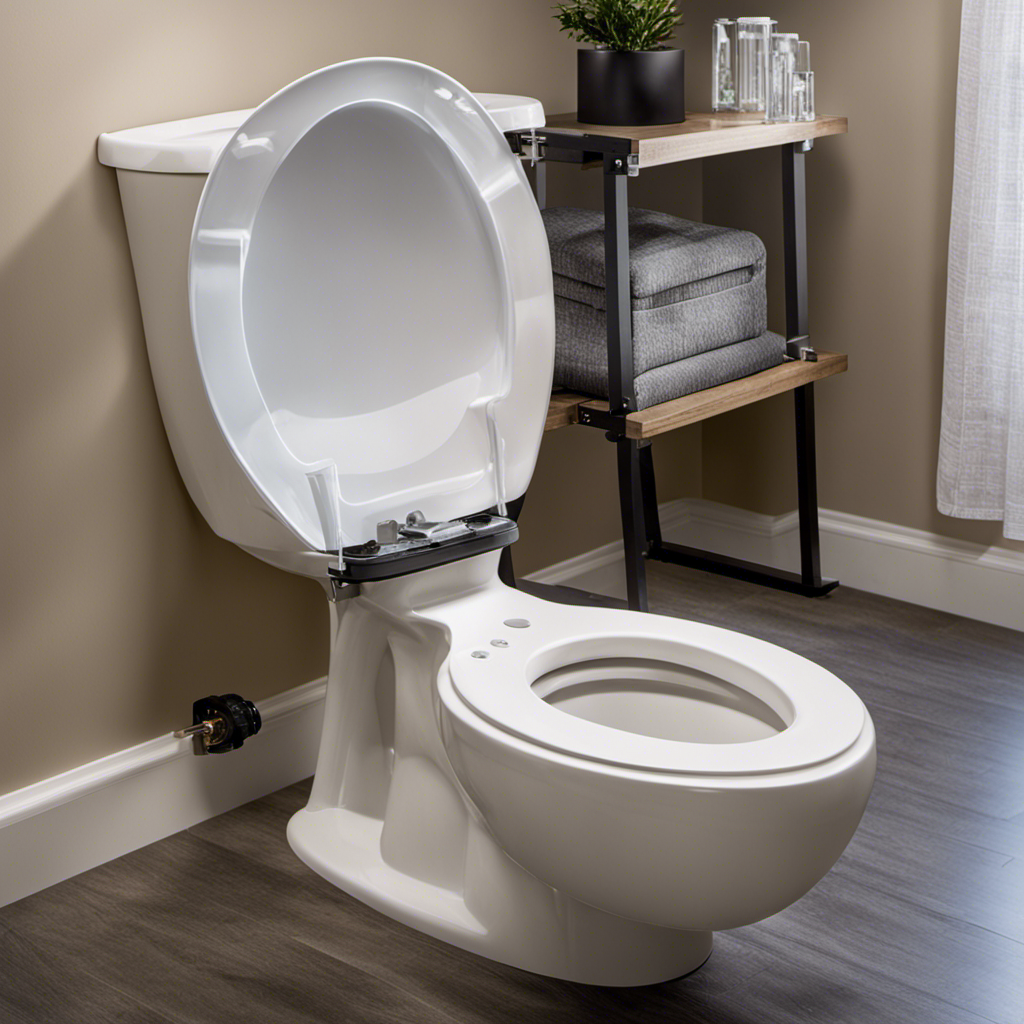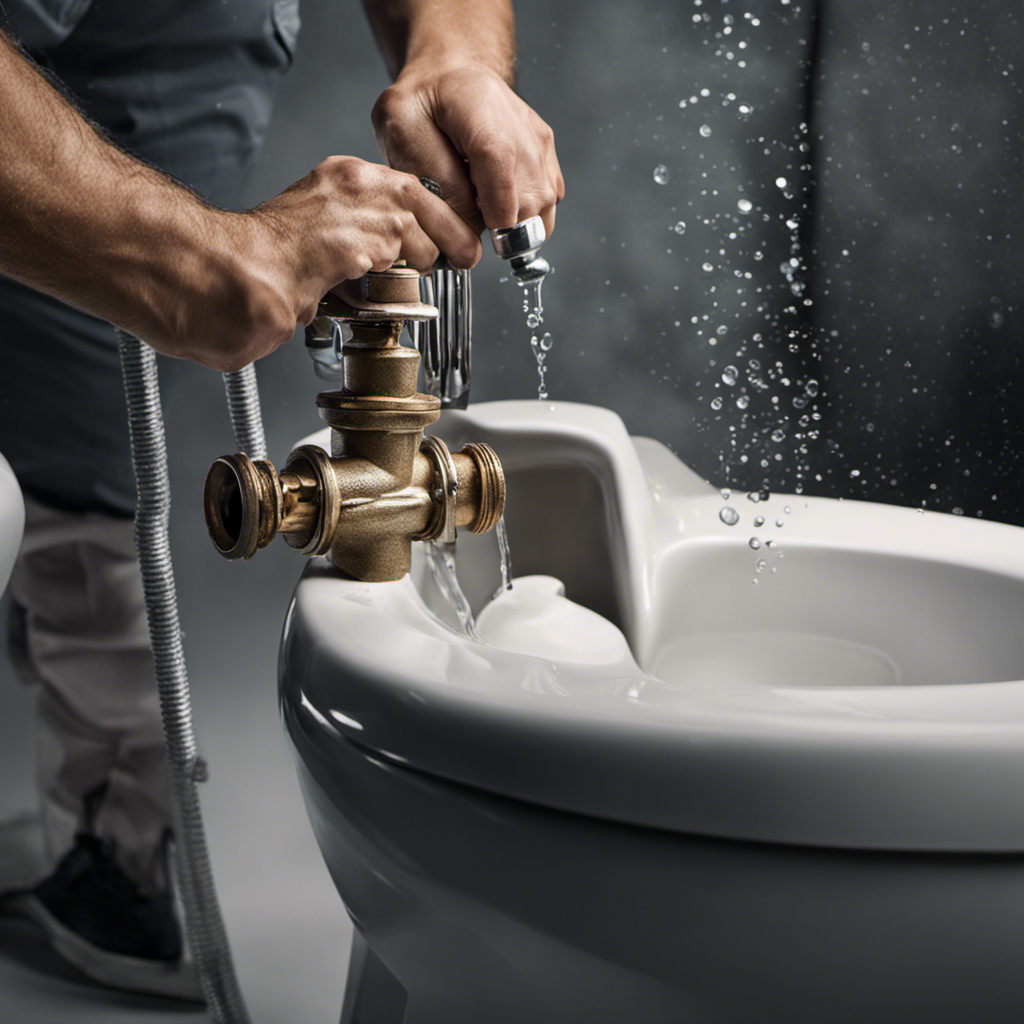I know what you’re thinking – flushing cotton seems harmless enough, right? But let me tell you, my friends, there’s more to it than meets the eye.
In this article, we delve into the potential risks that come with this seemingly innocuous act. From the impact on your plumbing system to the environmental consequences, we explore it all.
So before you reach for that toilet handle, let’s consider the safe alternatives and proper cotton waste management.
Key Takeaways
- Flushing cotton can lead to clogs in plumbing pipes and costly repairs.
- Cotton flushed down the toilet can harm aquatic life and ecosystems.
- Proper disposal of cotton in waste bins or through recycling and composting is recommended.
- Recycling cotton reduces waste, conserves resources, and contributes to a more sustainable future.
Potential Risks of Flushing Cotton
Flushing cotton can pose potential risks to plumbing systems and the environment. When it comes to hygiene concerns, flushing cotton products like cotton balls, swabs, or even sanitary pads can lead to clogs in plumbing pipes. The absorbent nature of cotton causes it to expand when wet, potentially causing blockages in drains and pipes.
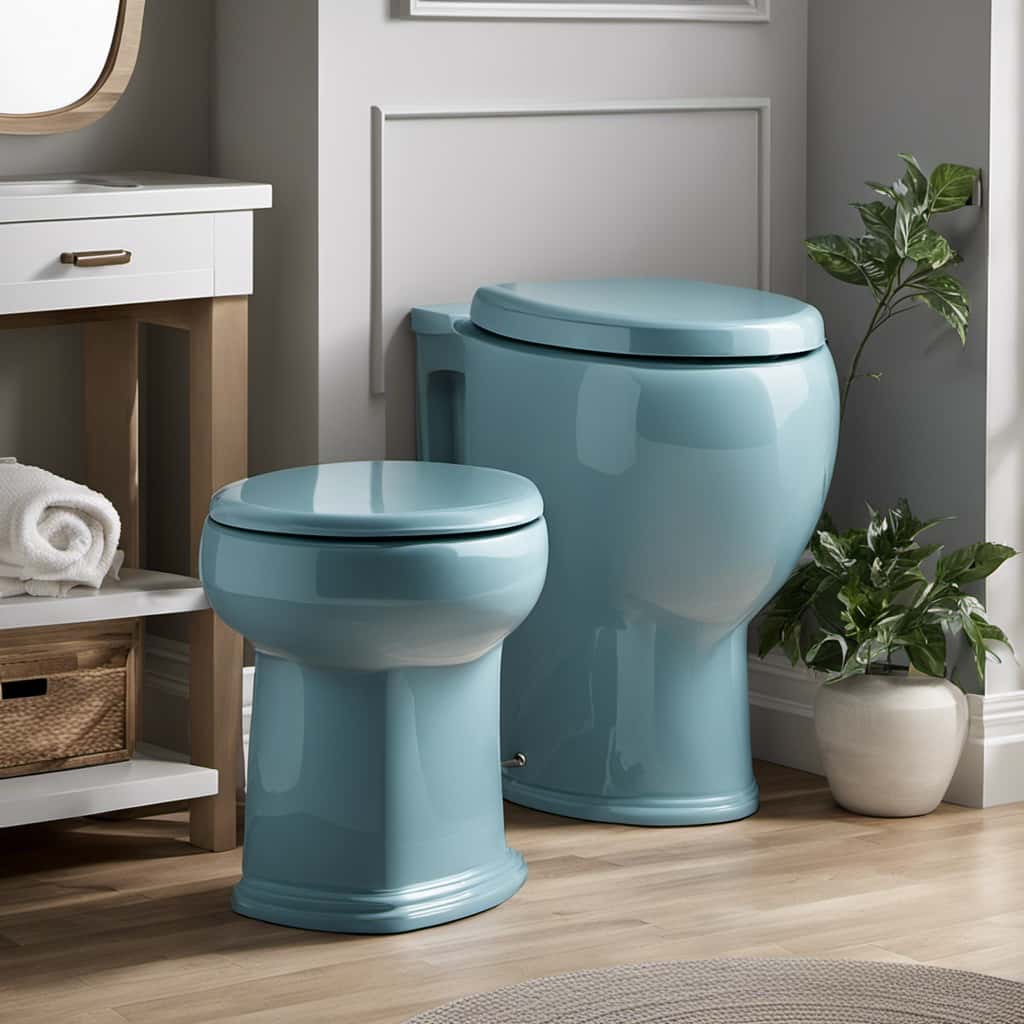
Additionally, cotton isn’t easily biodegradable, which raises biodegradability issues. Flushing cotton can contribute to the accumulation of non-biodegradable waste in sewage systems and can even end up in water bodies, harming aquatic life and ecosystems.
It’s important to remember that cotton products should be disposed of properly in waste bins to avoid these potential risks. Being mindful of our actions can help preserve both our plumbing systems and the environment.
Impact on Plumbing System
Using too much cotton can cause serious damage to your plumbing system. When cotton is flushed down the toilet, it can accumulate and create blockages in your pipes. These blockages can lead to clogged drains and potentially result in costly repairs.
Regular plumbing maintenance is essential to prevent such issues. It’s important to be mindful of what you flush down the toilet to avoid any potential damage to your plumbing system. Instead of flushing cotton, it’s recommended to dispose of it in the trash.

Environmental Consequences
Cotton flushed down the toilet has detrimental environmental consequences. Here’s why:
- Ecological impact: When cotton is flushed, it ends up in our waterways, where it can harm aquatic life. Cotton fibers can entangle and suffocate fish, turtles, and other water-dwelling organisms. Additionally, the decomposition of cotton consumes oxygen in the water, leading to oxygen depletion and negatively affecting the overall ecosystem.
- Water pollution: Cotton contains chemicals from manufacturing processes, such as dyes and bleaches, which can contaminate water sources. These chemicals can disrupt the natural balance of aquatic ecosystems and pose a threat to the health of both wildlife and humans who rely on clean water.
- Microplastic pollution: Cotton is a natural fiber, but it can still contribute to microplastic pollution when flushed. As cotton breaks down into smaller particles, it can be ingested by marine organisms and enter the food chain, potentially causing harm to the entire ecosystem.
Considering these environmental consequences, it’s crucial to explore safe alternatives for disposing of cotton waste.
Safe Alternatives for Disposal
For proper disposal, I prefer to opt for alternative methods rather than simply flushing cotton down the toilet. Recycling options and composting methods are two safe and environmentally-friendly alternatives to consider. Recycling cotton can help reduce waste and conserve resources. Many textile recycling centers accept cotton materials and can process them into new products. Composting is another great option for cotton disposal. Cotton is a natural fiber and can easily break down in a compost pile, providing valuable nutrients for plants. To make composting easier, you can cut the cotton into smaller pieces before adding them to the pile. By choosing these alternatives, we can ensure that cotton is disposed of responsibly and contribute to a more sustainable future.
| Recycling Options | Composting Methods |
|---|---|
| Textile recycling centers | Cutting cotton into smaller pieces |
| Conserve resources | Cotton breaks down easily in compost piles |
| Reduce waste | Valuable nutrients for plants |
Proper Cotton Waste Management
To manage cotton waste properly, I ensure that I dispose of it in a responsible and environmentally-friendly manner. Here are three ways I practice proper cotton waste management:
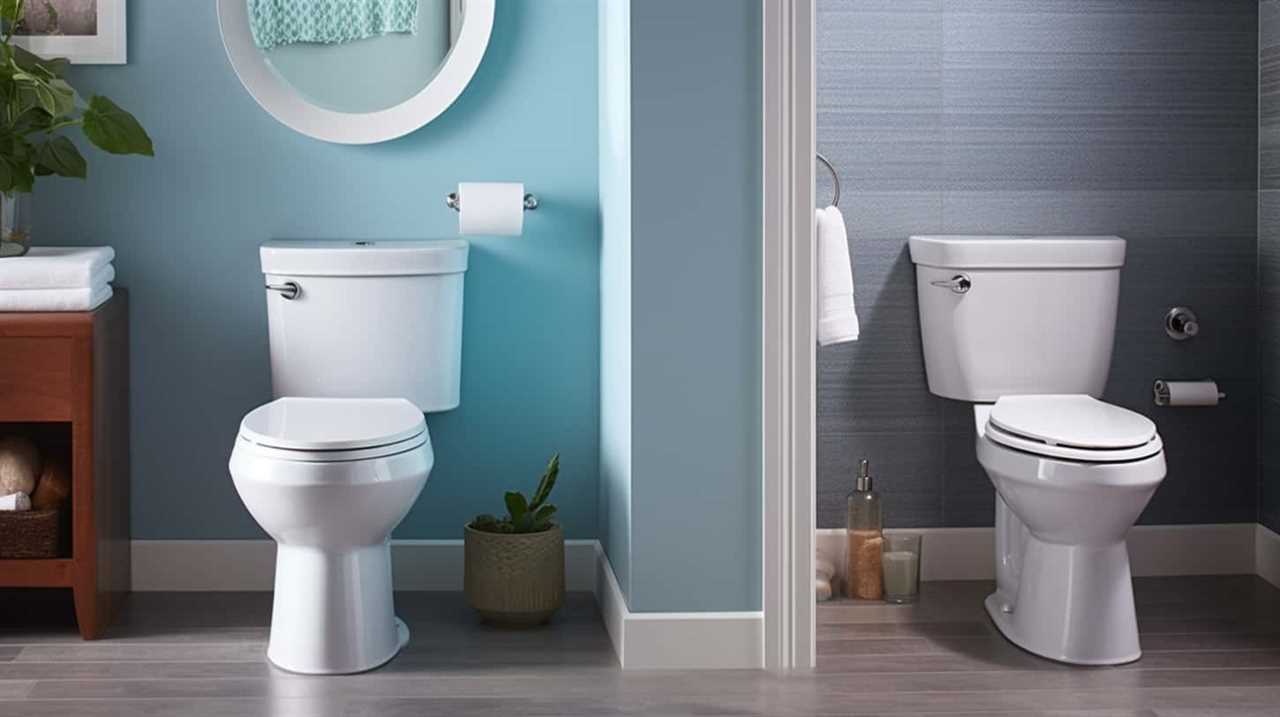
- Composting cotton: Instead of throwing cotton products in the trash, I compost them. Cotton is biodegradable and makes for great compost material. I cut up old cotton clothing or sheets into smaller pieces and add them to my compost pile. Over time, they break down and contribute to nutrient-rich soil.
- Recycling cotton: If the cotton waste isn’t suitable for composting, I make sure to recycle it. Many recycling centers accept cotton products such as clothing, towels, and rags. By recycling cotton, we reduce the demand for new cotton production, conserving resources and reducing environmental impact.
- Donating or repurposing: If the cotton waste is still in good condition, I consider donating it to local charities or repurposing it for other uses. Cotton clothing can be given to those in need, while old towels or rags can be used for cleaning or crafting projects.
Frequently Asked Questions
Can I Flush Cotton Balls Down the Toilet?
I wouldn’t recommend flushing cotton balls down the toilet. Proper cotton waste management is important to prevent clogging and environmental harm. There are better alternatives to consider, such as disposing of them in the trash.
What Happens if I Flush Cotton Down the Toilet?
When cotton is flushed down the toilet, it can cause blockages in the plumbing system. This is why it’s important to dispose of cotton properly and consider eco-friendly alternatives like toilet paper.
Is It Safe to Flush Cotton Swabs?
Flushing cotton swabs is not safe. It can have negative environmental impacts, such as clogging pipes and polluting waterways. Dispose of them properly by placing them in a designated trash container.
Can Flushing Cotton Cause Clogs in the Plumbing System?
Flushing cotton down the toilet can cause serious clogs in the plumbing system. It’s essential to understand proper cotton waste management to avoid environmental damage. Let’s explore the potential impact of flushing cotton.

Are There Any Eco-Friendly Options for Disposing of Cotton Waste?
Recycling options and composting options are available for disposing of cotton waste, providing eco-friendly alternatives. These methods help reduce environmental impact and promote sustainability, making them ideal choices for those seeking responsible cotton disposal.
Conclusion
In conclusion, it’s important to remember that flushing cotton down the toilet isn’t recommended. Doing so can lead to potential risks such as clogging the plumbing system and causing environmental consequences.
By practicing safe alternatives for disposal and implementing proper cotton waste management, we can ensure the longevity of our plumbing systems and protect the environment.
So next time you come across cotton waste, remember to dispose of it responsibly.
